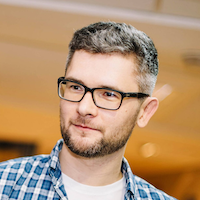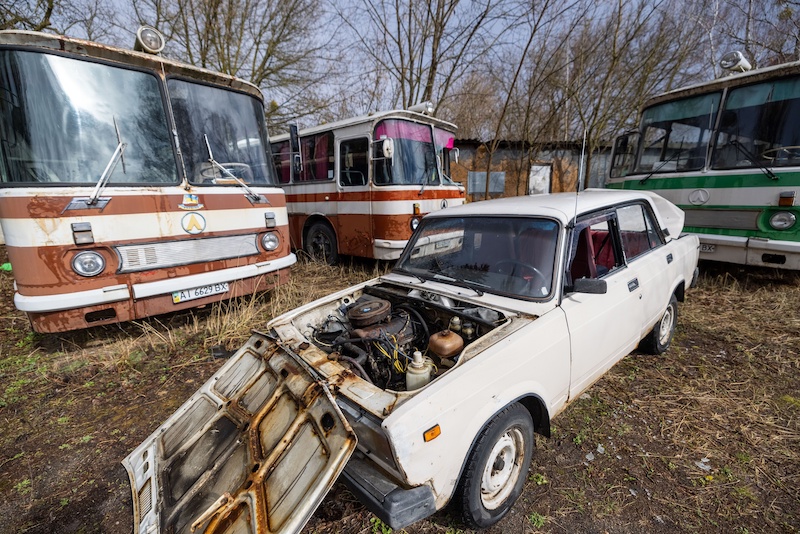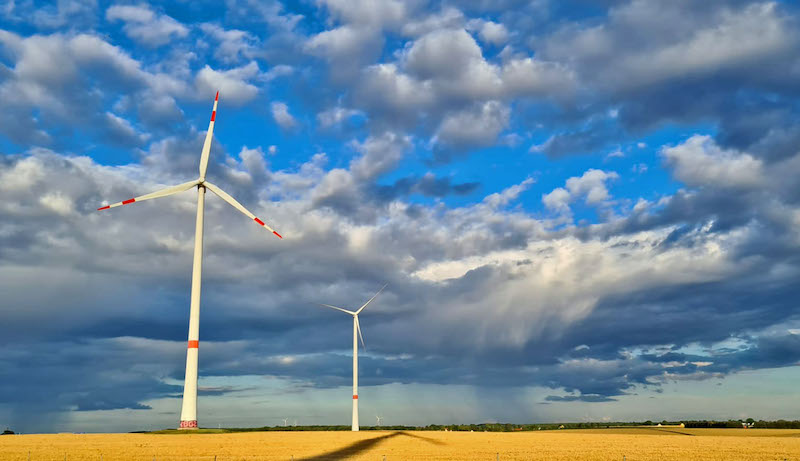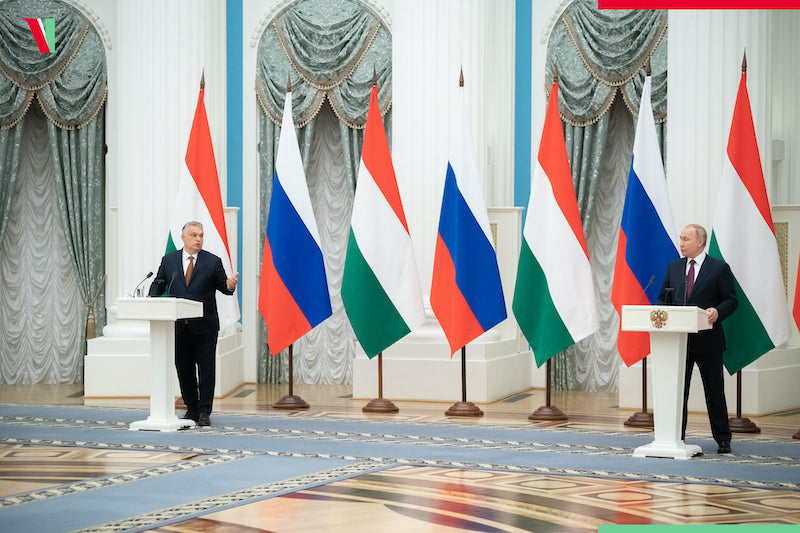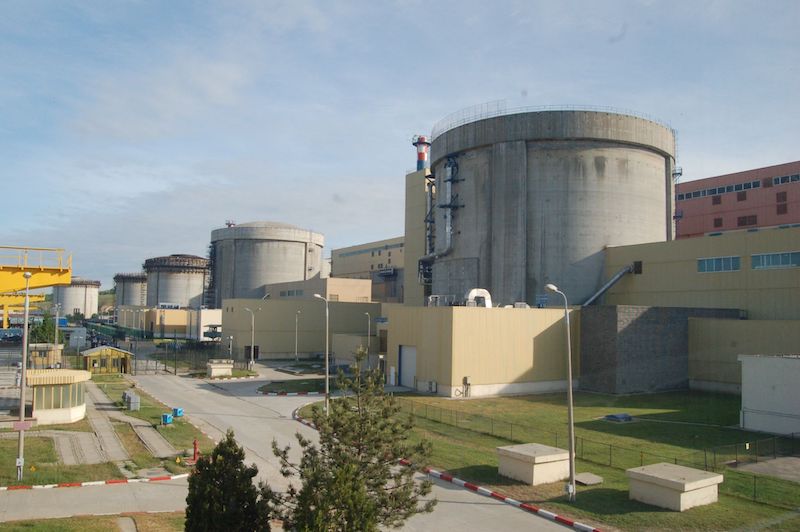The sanatorium ― this is what Russian soldiers called the Chornobyl nuclear power plant in March 2022. At that time, they used its territory as a location to rest between their failed attempts to capture Kyiv, which is 120 kilometres to the south.
As it was too dangerous for the Ukrainian army to shell the nuclear site, this became a place of shelter for the occupiers. Chornobyl’s radiation, which was a global menace in 1986, now offered protection for an invading force.
But most Russian soldiers didn’t understand the threat of radiation and ignored basic safety rules.
They laid down on open ground and ate outside, where their bodies absorbed radioactive particles that will never go away. They dug trenches in the Red Forest, the most contaminated area around the power plant, and breathed in the dust. They stole abandoned army vehicles from the open air museum, which were kept about ten metres away from visitors during peacetime.
Without crossing into the firing line, they still did irreparable damage to themselves.
According to intelligence reports, nuclear power plants (NPP) were the primary targets of the Russian invasion. As well as offering shelter, they could be used to blackmail both the world and local population. While the former fears another Chornobyl catastrophe, the Russians can cut off the latter from the power grid, if they are not loyal to Moscow.
All this makes NPPs an even bigger threat to mankind. Right now there are no discussions in Ukraine about abolishing nuclear power as they are critical to the current energy balance.
But in the future, there may be more reasons to remember the phrase one of Chornobyl’s workers said to the occupiers: “After a fight here, you have only two options: a zinc coffin or a lead one”. While the first is commonly used to transport dead bodies, the second is a casket for radioactive matter.

